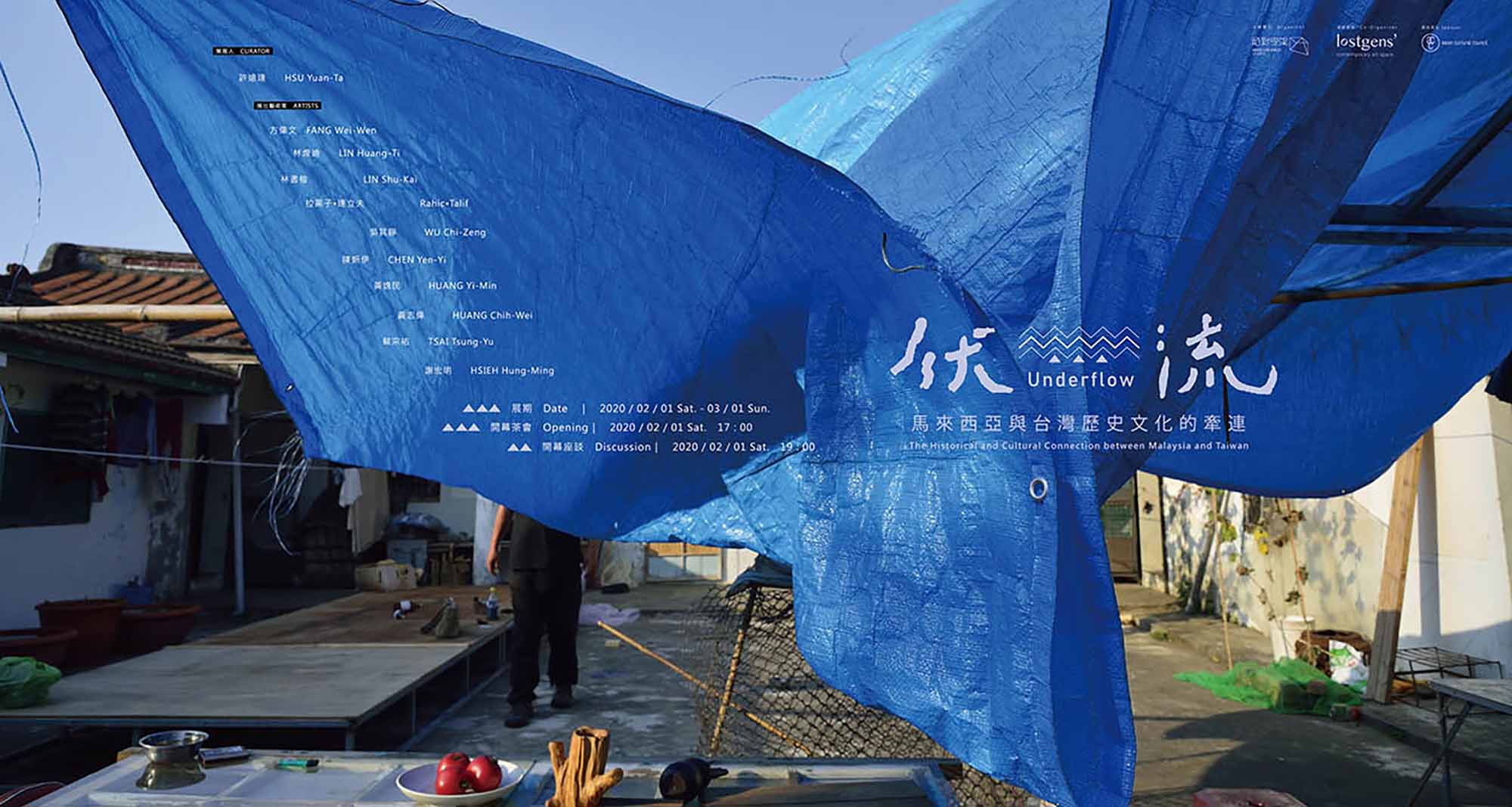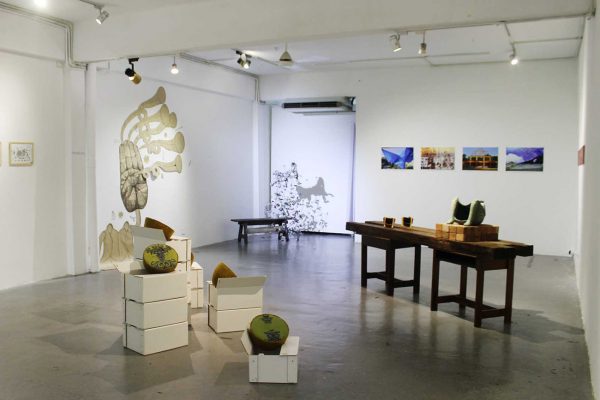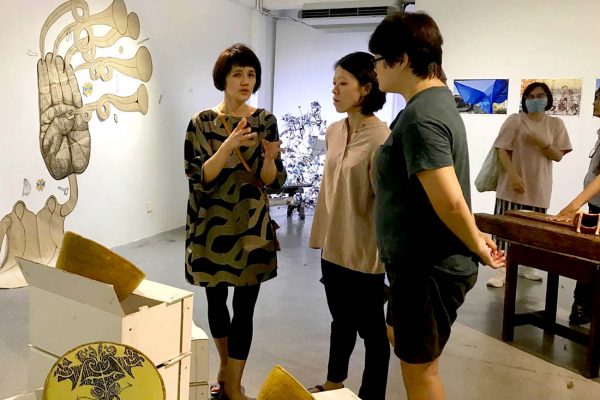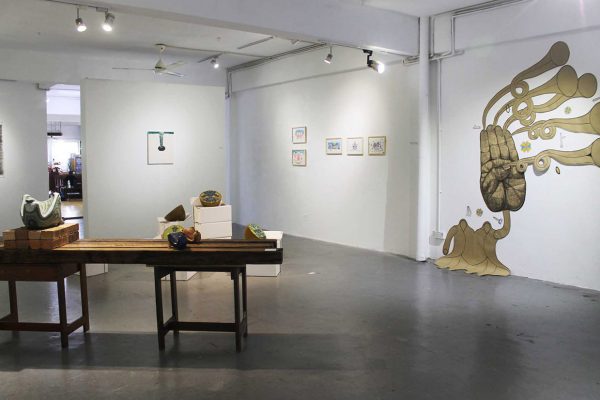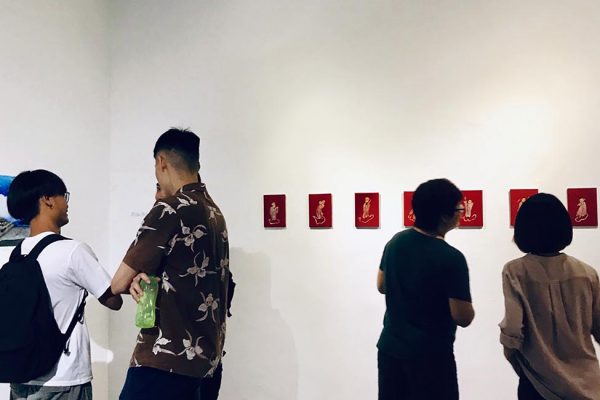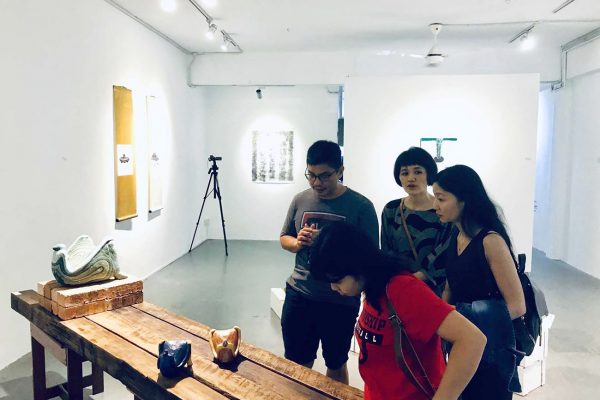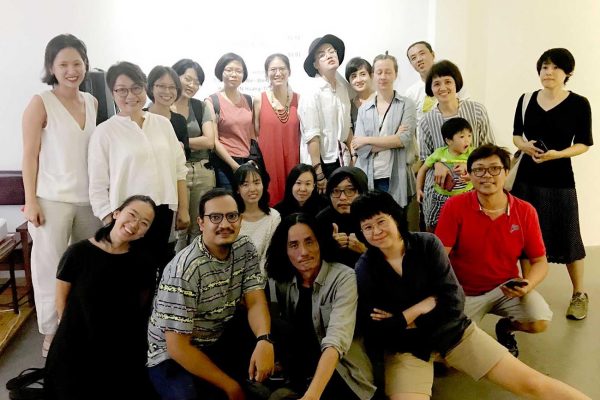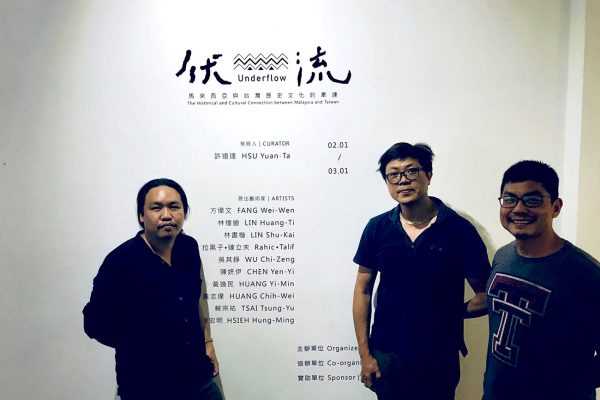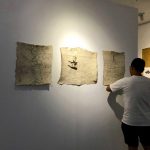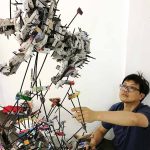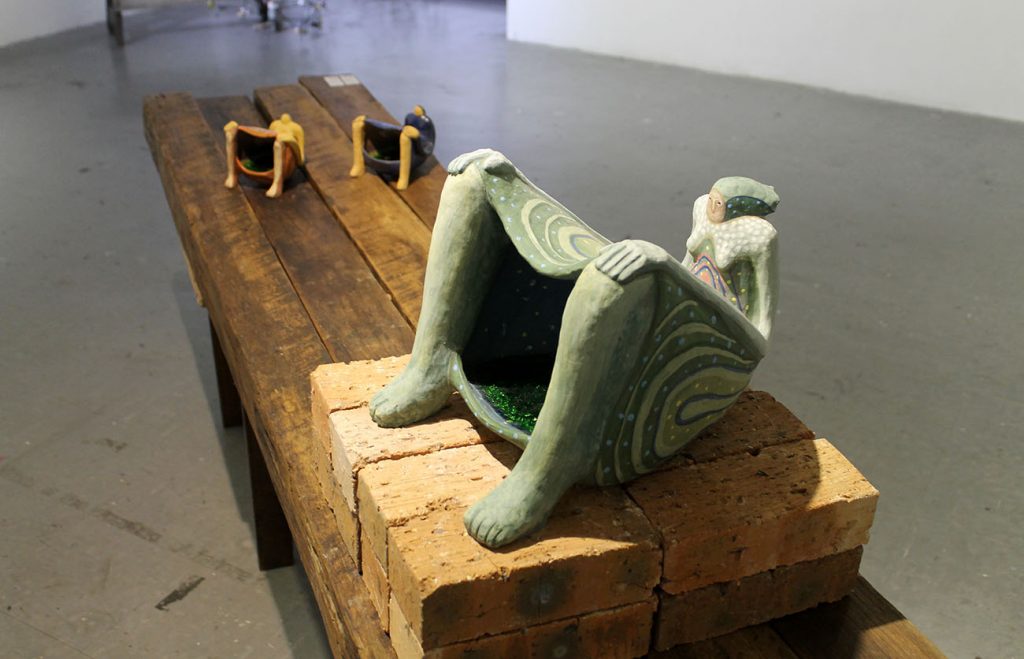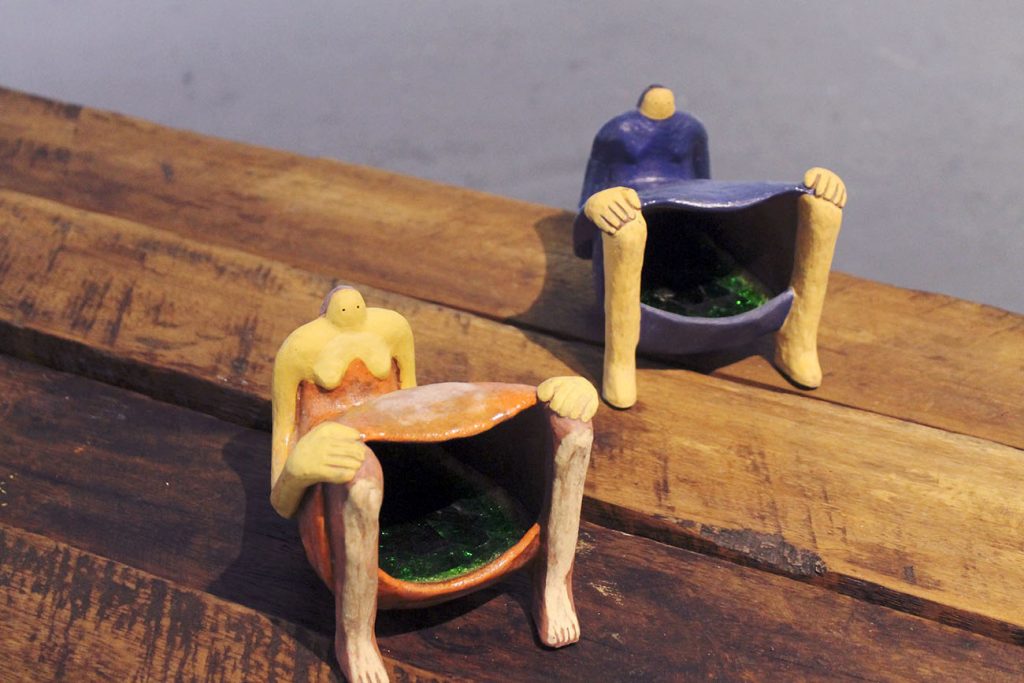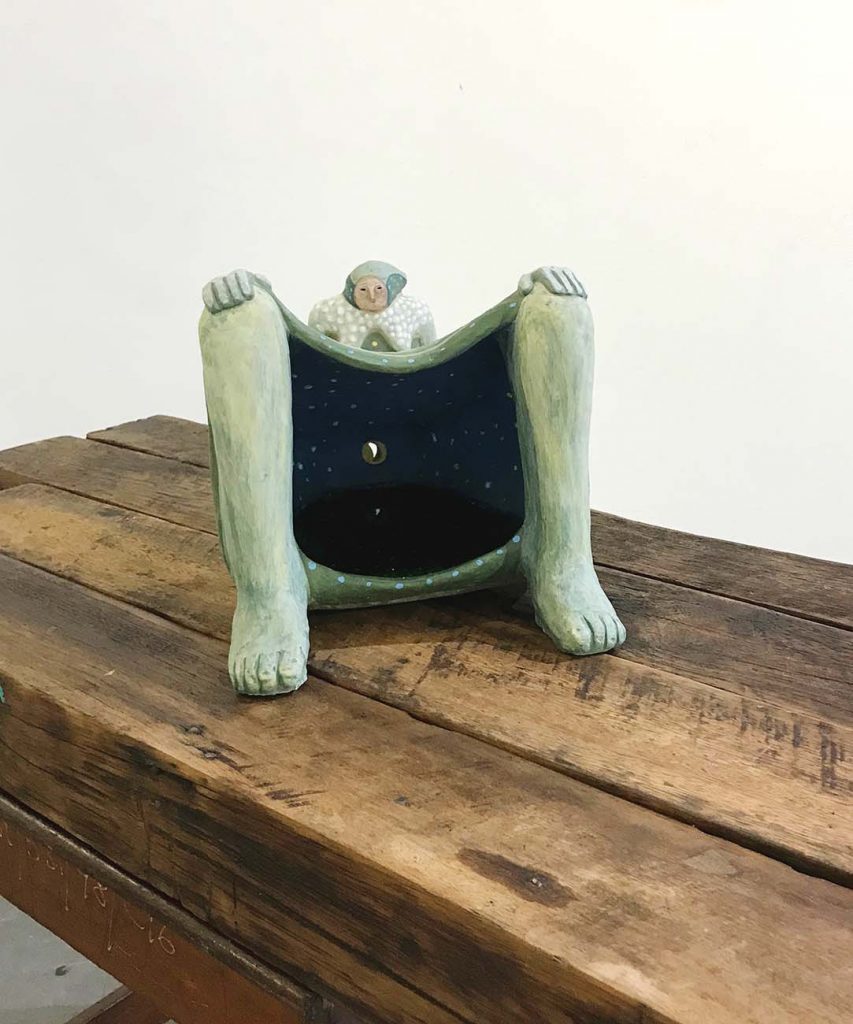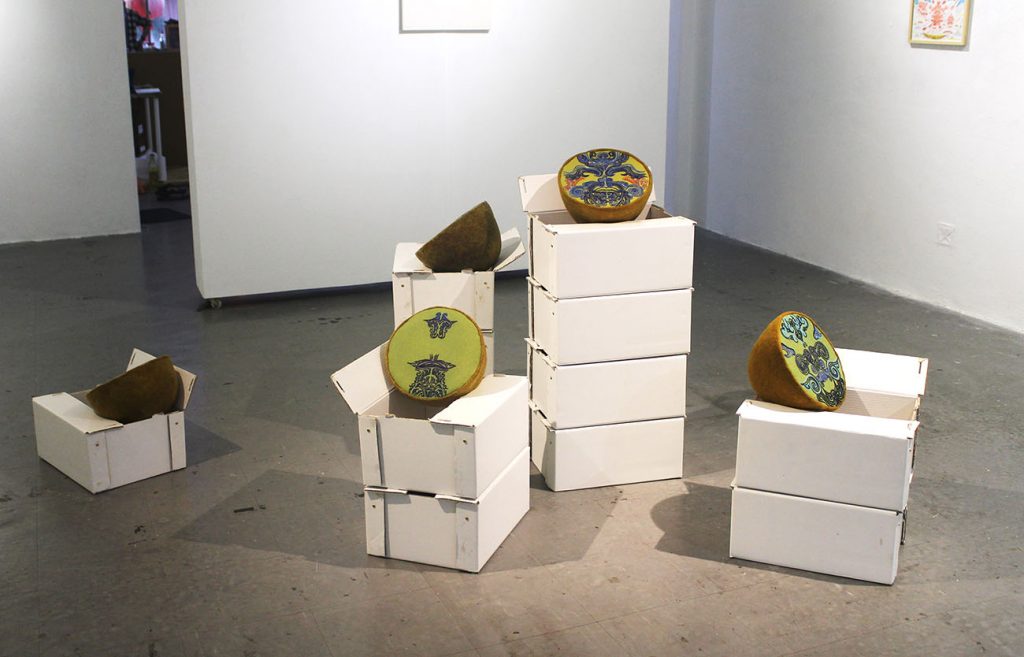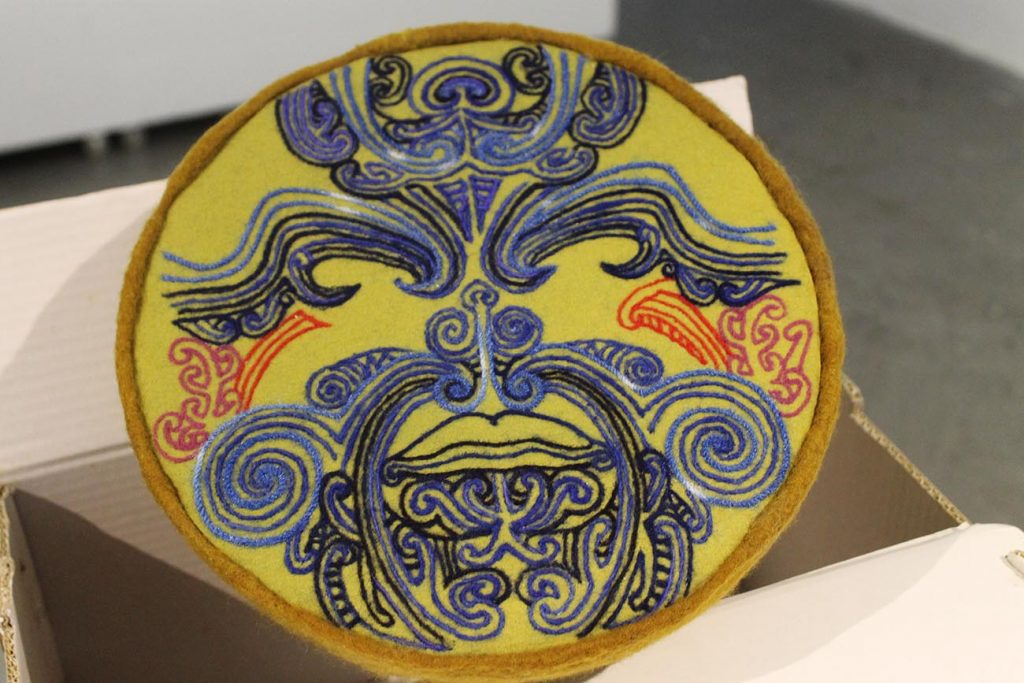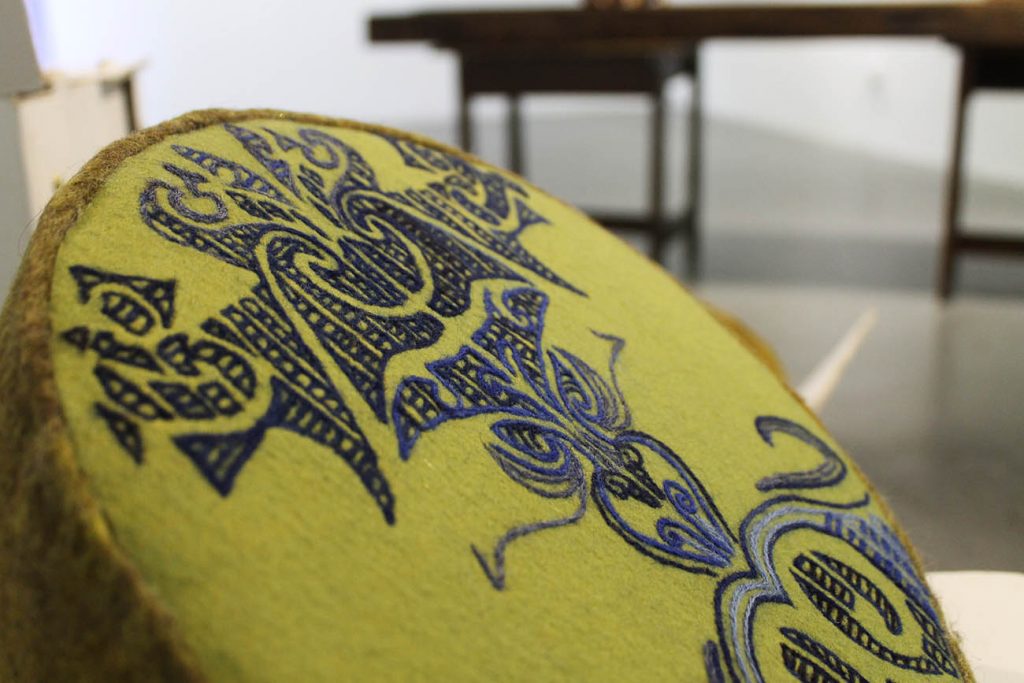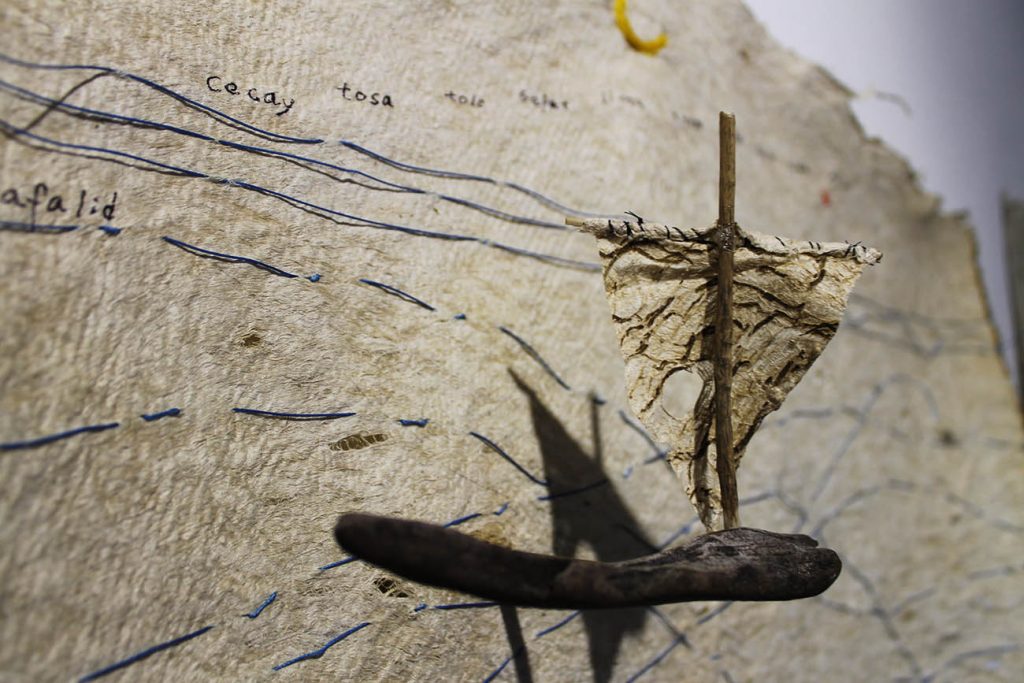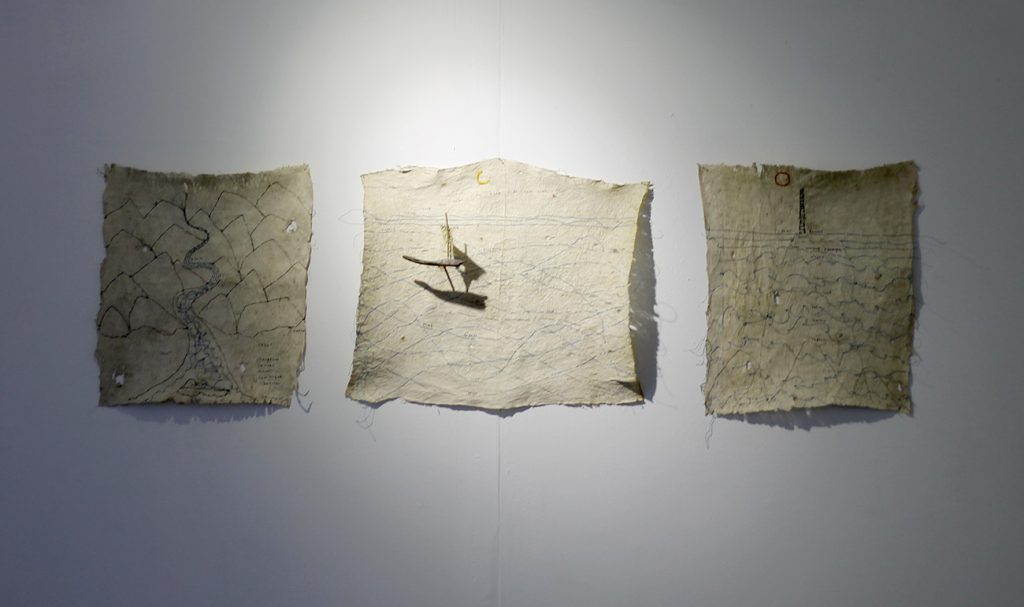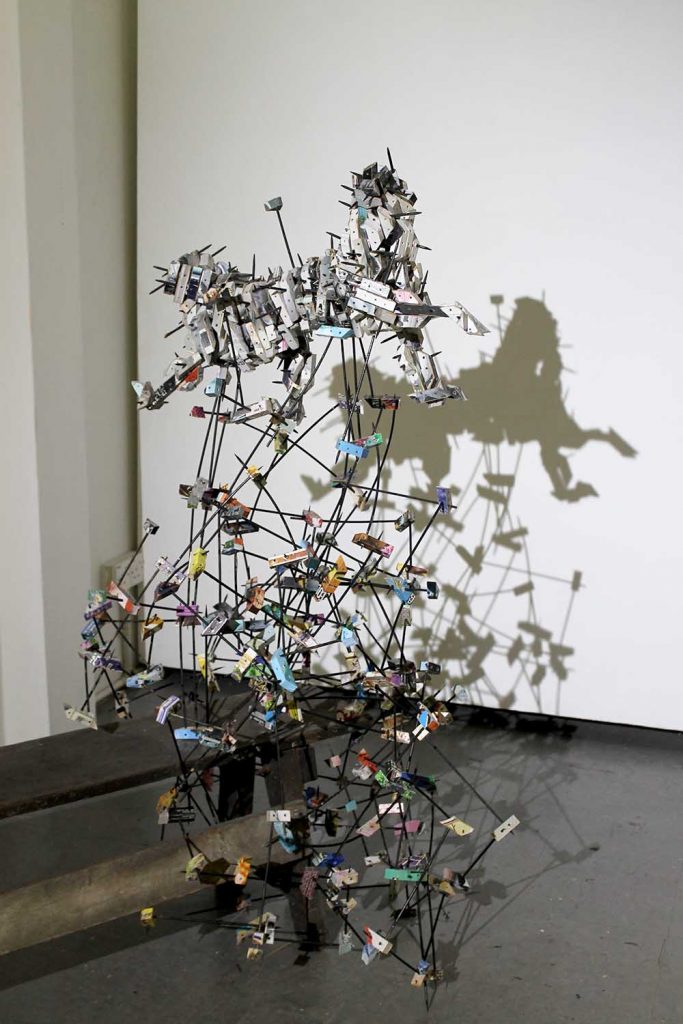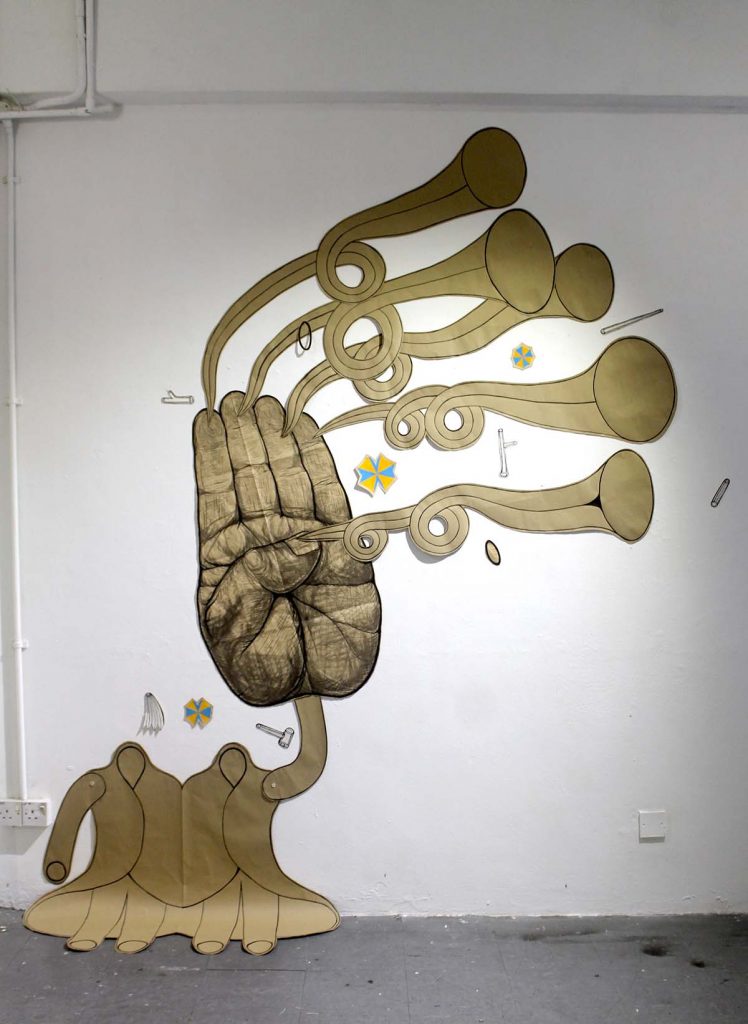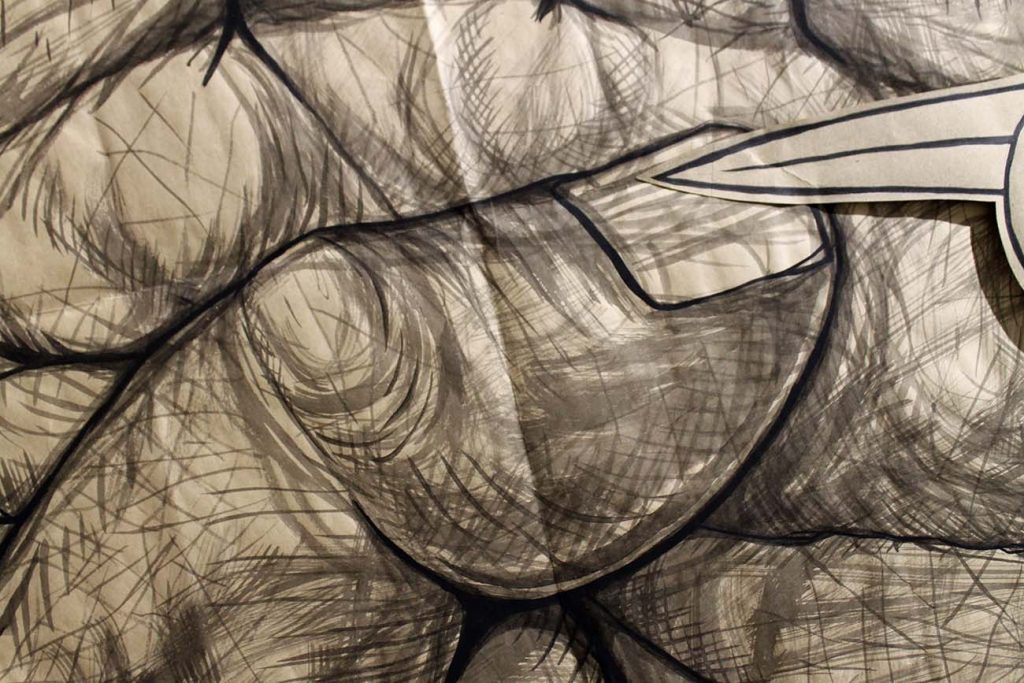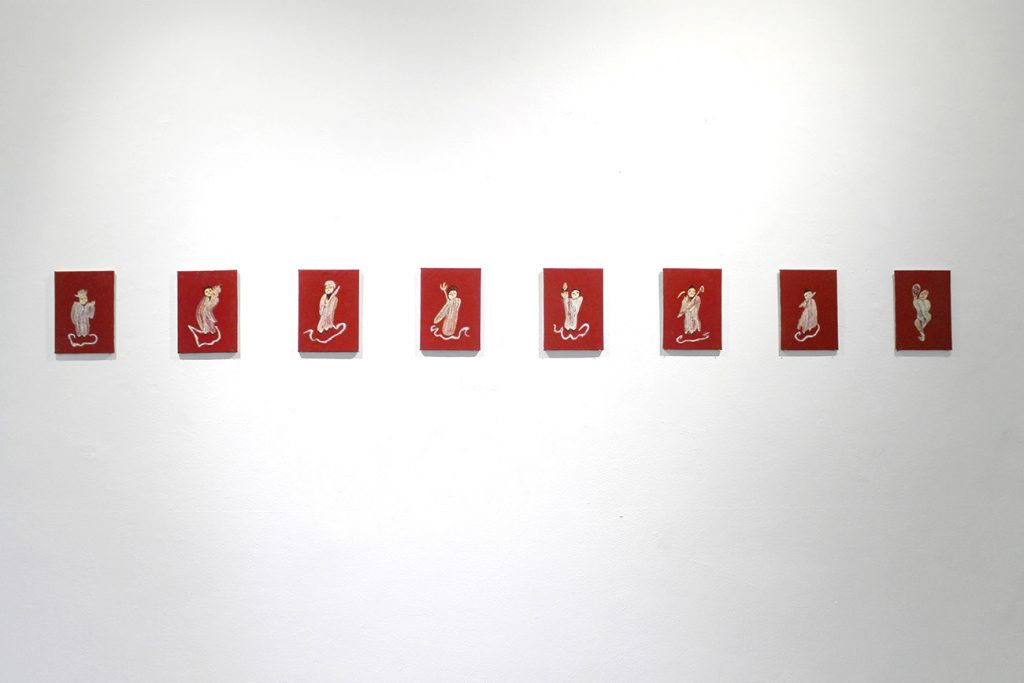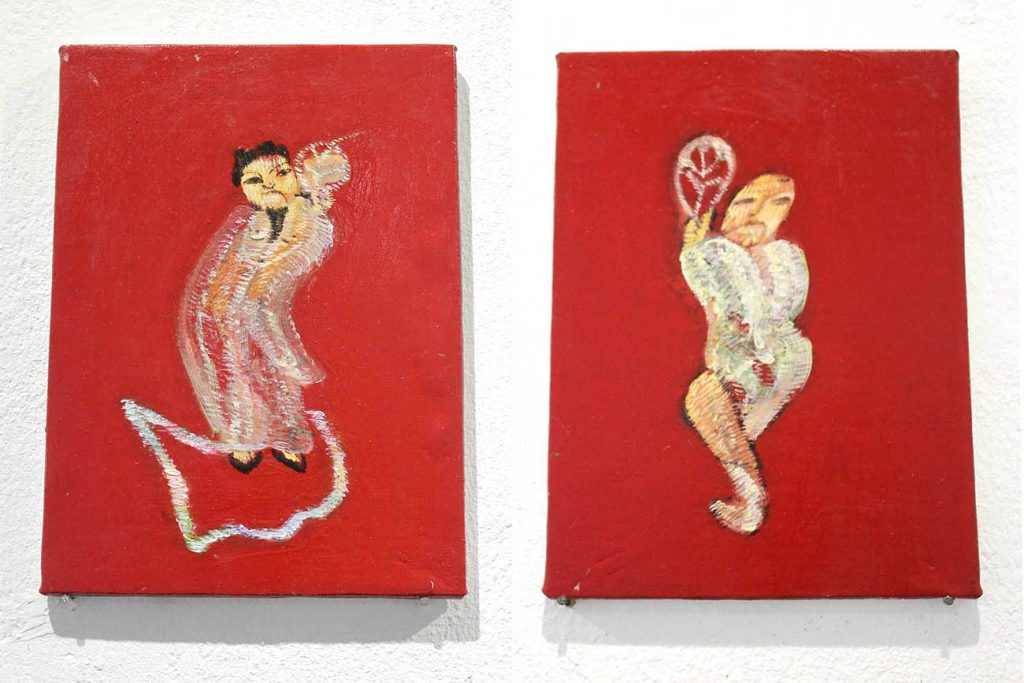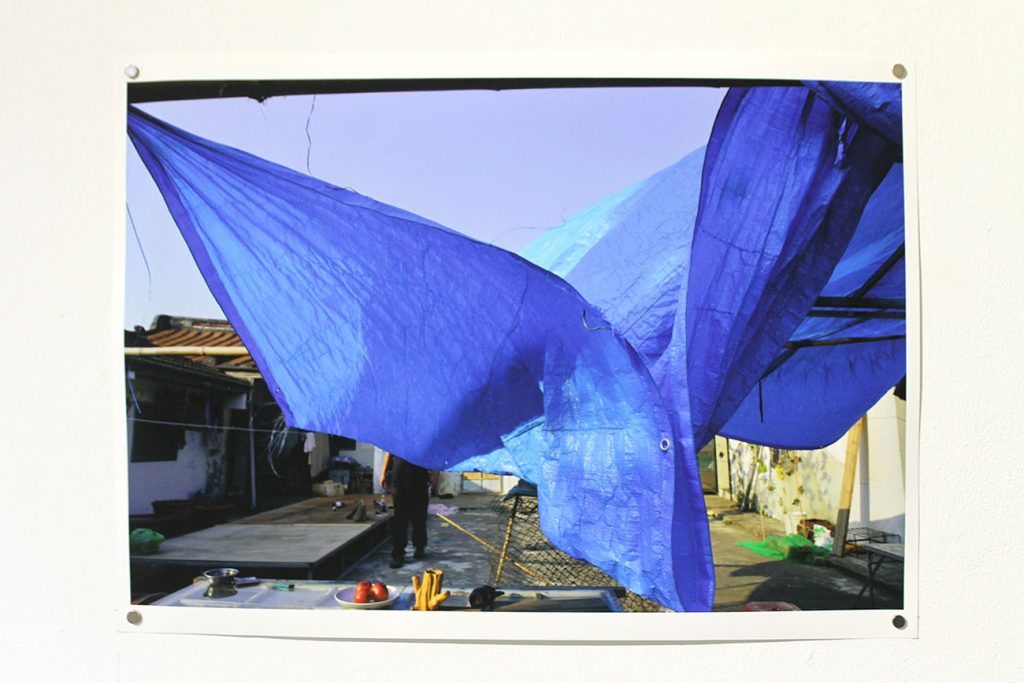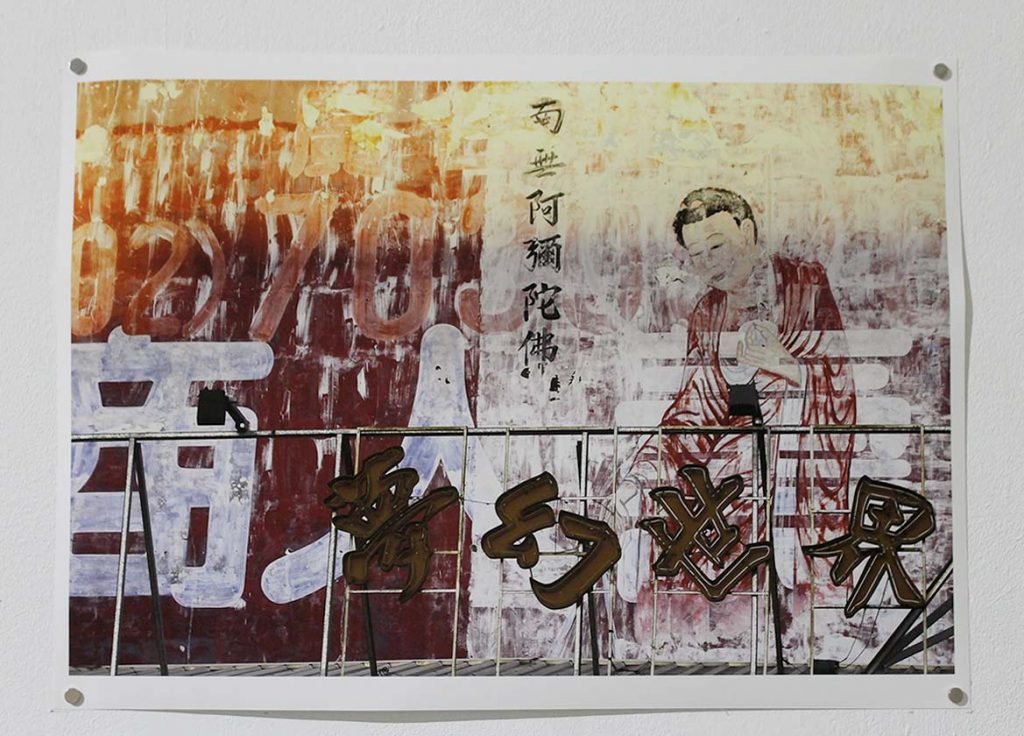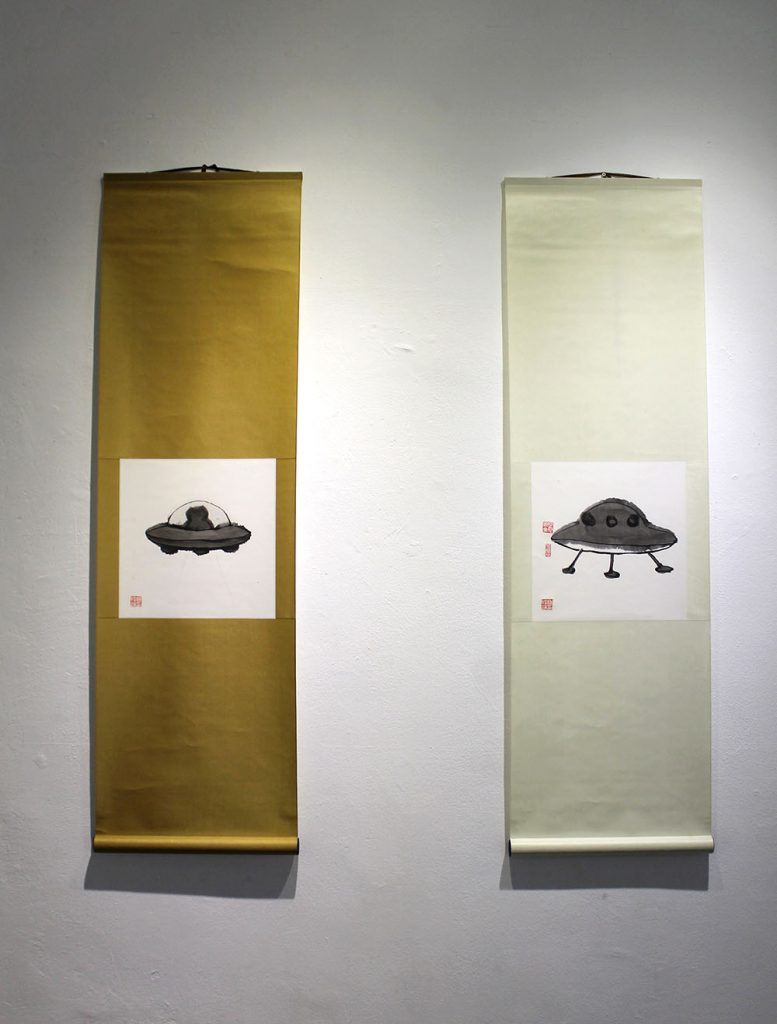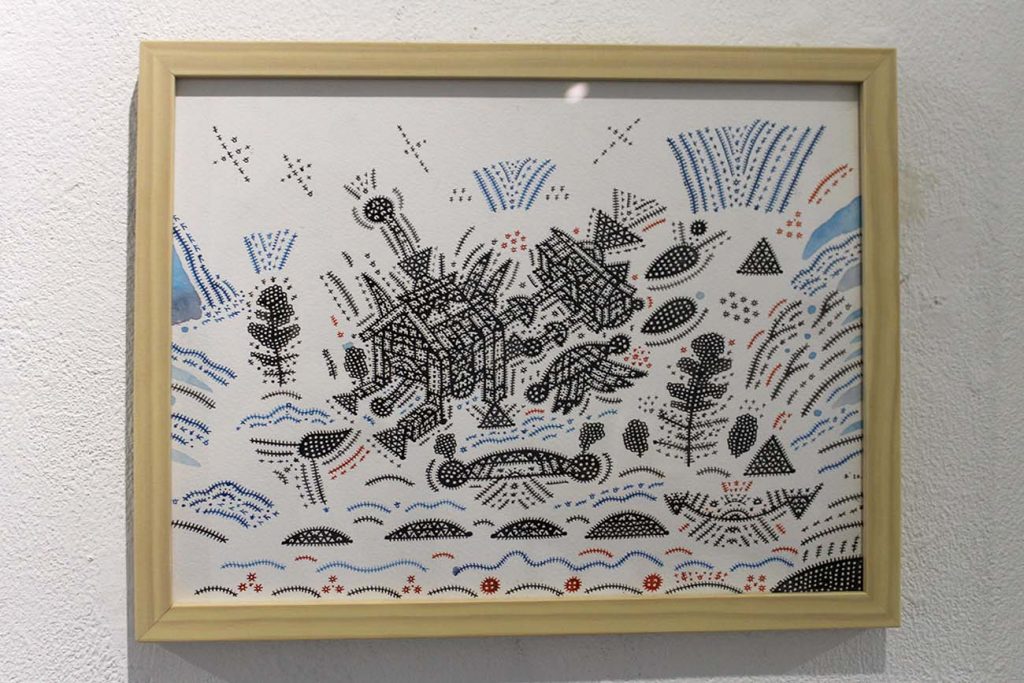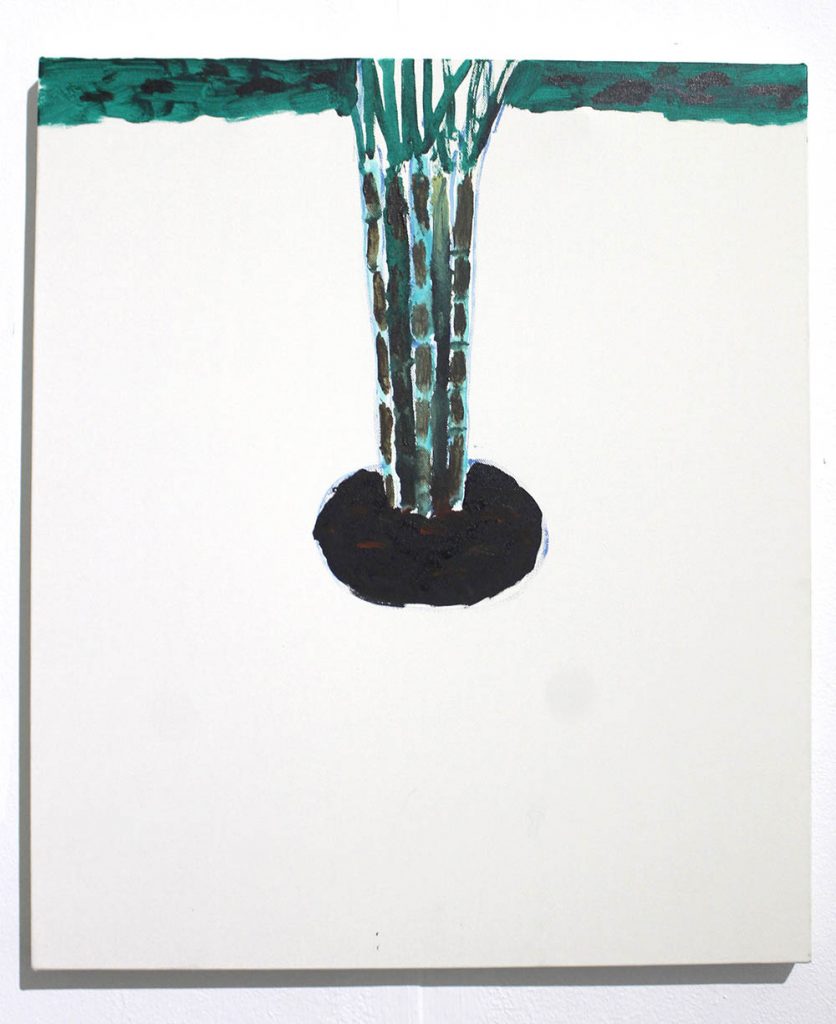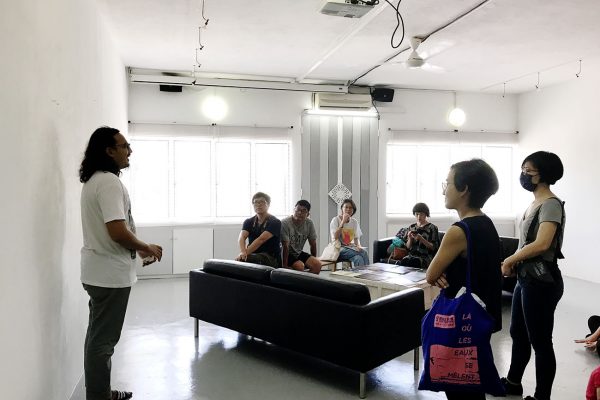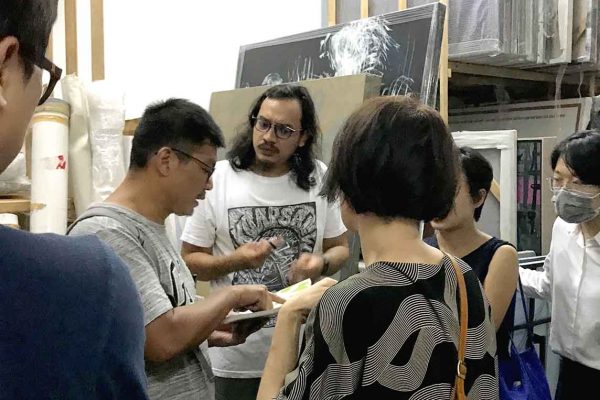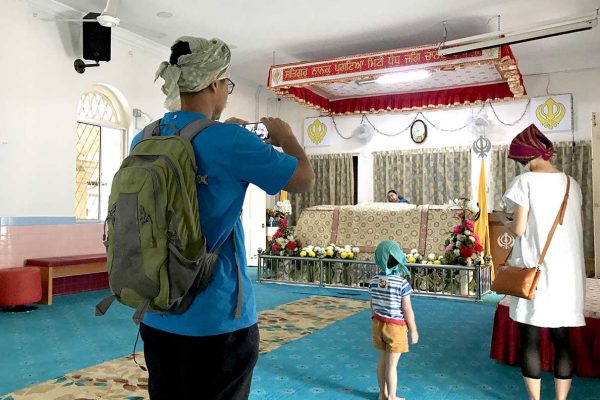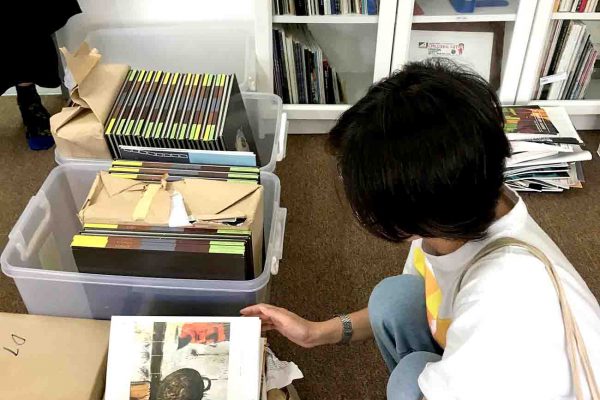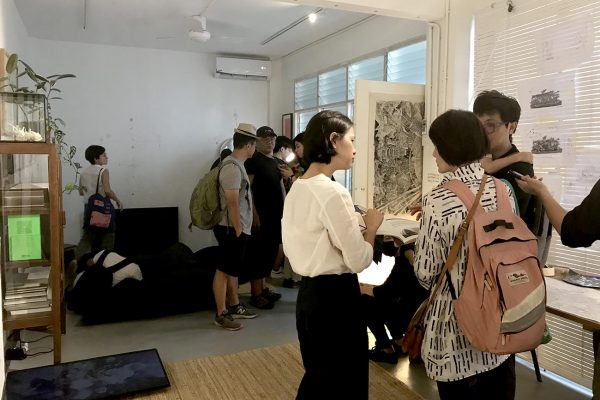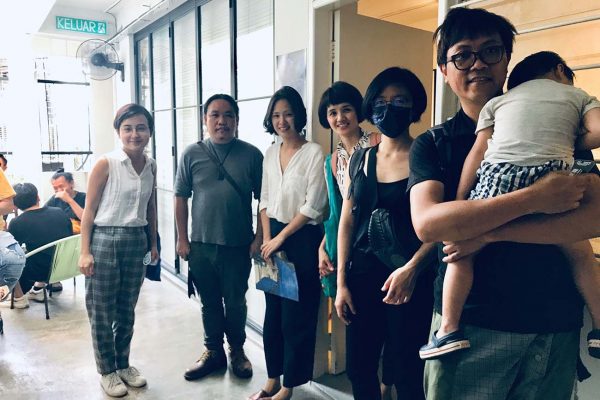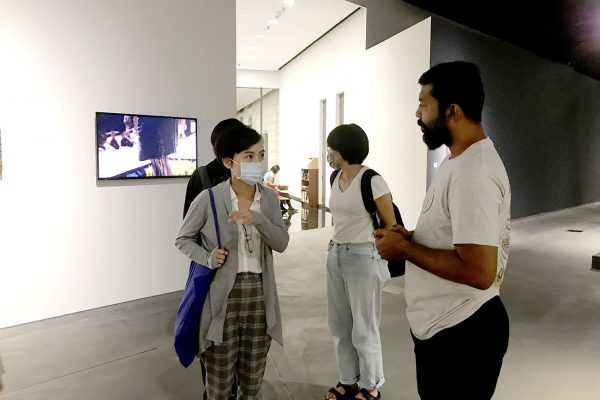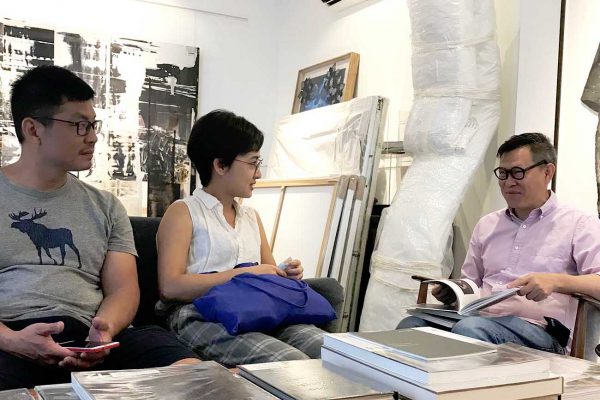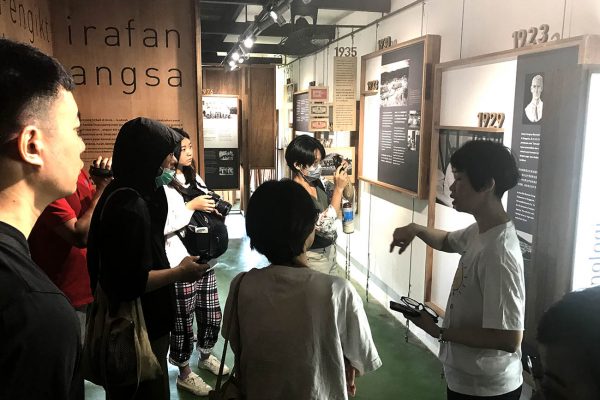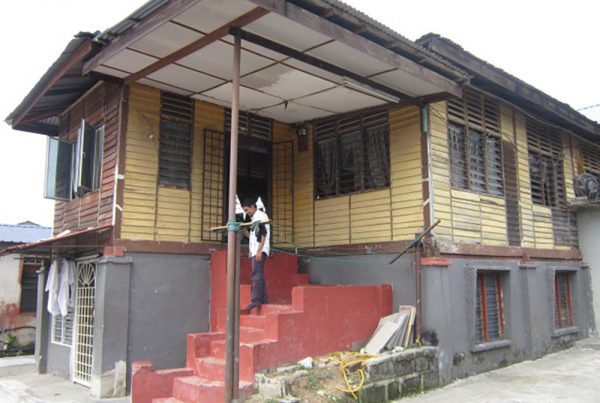Underflow
The Historical and Cultural Connection between Malaysia and Taiwan
Text / Hsu Yuan-Ta (Assistant Professor of the Department of Fine Arts, Tainan University of Technology)
“Underflow” came from the search of relevance between the historical development of Malaysia and Taiwan. After the national independence movements in Southeast Asia since the World War II, the two seemingly irrelevant countries turned out to have been closely connected since ancient times due to the ocean. Therefore, “Underflow” intends to uncover the historical development and cultural relationship that have long been covered by political borders.
In terms of either the differentiation and migration of Austronesian languages, or the branches of the diverse Austronesian languages, Taiwan is closely related to South Pacific Islands. Whether it is inferred from the differentiation of language family or the genetic diversity theory of paper mulberry, scholars currently agree with the “Out-of-Taiwan model” in terms of the Austronesian origins. There are certainly a lot of theories behind; however, just considering that the languages used on Orchid Island and Batam Island are 60% similar, and that there is also similarity in their clothing and food habits, the traces of migration are quite evident. Furthermore, scholars have proved that Austronesian languages are somehow related in terms of the numbers, and all the Austronesian languages have the same pronunciation of five as “lima”. On the other hand, the mass migration since Ming and Qing Dynasties is also something Taiwan and Malaysia have in common. According to researches on the Malaysian immigration history, there were already prosperous commercial activities and cultural interactions with China back in Tang and Song Dynasties. There were Chinese immigrants during the Yuan Dynasty as well. The Ming treasure voyages also left many immigrants and historical sites in Melaka.
As for the relationship between Taiwan and Mainland China, according to the Shihsanhang ruins and Blihun ruins, the earliest nautical trade already existed in prehistoric Early Iron Age. Recorded history of Chinese immigrants dates back to Tang, Song and Yuan Dynasties, and during the Ming and Qing Dynasties, large numbers of Chinese people crossed the Taiwan Strait and immigrated in Taiwan. As a result, there are great similarities in the Chinese immigrant history, language, culture, religion and food.
Besides, during the Age of Discovery in the 17th century, Taiwan and Malaysia were both colonized by the Portuguese and the Dutch Empire, so many colonial architecture and culture remain. For example, a Taiwanese unit of measurement “jia” (甲) came from the Dutch word “akker” when colonized by the Dutch and the Spanish. A typical Dutch architectural feature called “Muuranker” is seen everywhere in Malaysia. Moreover, the Anping Fort and the Chihkan Tower in Taiwan, and the Red House in Melaka are well-known historical sites. Thus, Malaysia and Taiwan have much in common in terms of the indigenous and Chinese cultures. They were both influenced by World War I and II, and broke from the political and military colonization after the wars.
However, due to the geographical and natural environment, the historical culture and the neighbouring immigrant culture, Malaysia and Taiwan have developed different cultures of their own. For example, the Malaysian, Malaysian Austronesian and neighbouring languages merged into the Baba-Nyonya. And Taiwanese Chinese have developed many linguistic and food cultures that are hugely different from the immigrants’ hometowns. In terms of religion, take the temple religion for example. Due to the economic development with the colonizing empire and the colonial administration, Malaysian Chinese established “hui guan” (會館, literally meaning “meeting hall”) in the name of “kongsi” (公司, literally meaning “company”), for the immigrants originating from the same Chinese province. In Taiwan, due to the rule of the Kingdom of Tungning, the tradition of local committee remains. Besides, languages and food cultures have turned out even more different because of many other connections.
The exhibition is curated out of the concept of “underflow”, expecting to explore and gaze the underflow by means of these creative works originated from history, culture, religion, language and so on by each artist. Through the works of the artists in this exhibition, we hope that the underflow of Malaysian and Taiwanese history and culture get to be seen.
Exhibition Date
1st Feb – 1st March 2020
Exhibition Opening
1st February 2020 (17:00)
Discussion
1st February 2020 (19:00)
Visiting Hours:
14:00 – 20:00 (Tue – Fri)
14:00 – 21:00 (Sat & Sun)
Off Day (Mon)
Venue
Lostgens’ Contemporary Art Space
Curator:
HSU Yuan-Ta
Artists:
CHEN Yen-Yi
FANG Wei-Wen
HSIEH Hung-Ming
HUANG Chih-Wei
HUANG Yi-Min
LIN Huan-Ti
LIN Shu-Kai
Rahic. Talif
TSAI Tsung-Yu
WU Chi-Zeng
Organizer:
Absolute Space for the Arts (TW)
Co-organizer:
Lostgens’ Contemporary Art Space
Sponsor:
ACC
Networking Between Art Spaces
Building network and connection between art spaces in Kuala Lumpur and Taiwan is one of the important exchange activities during the visit. These art spaces include HOM Art Trans, Zhong Shan Building art hub (The Back Room & Rumah Attap Library & Collective), Ilham Gallery, Richard Koh Fine Art Gallery and National Art Gallery etc.
Touring around Historical Places
During this exchange period, Lostgens’ is bringing Taiwanese artists to visit historical areas, explaining Lostgens’ initiatives as art intervention and how the idea works with social engagement. The highlight places where the group visits are Petaling Street, Chan She Shu Yuan and Valley of Hope, Sungai Buloh Leprosy Settlement.

